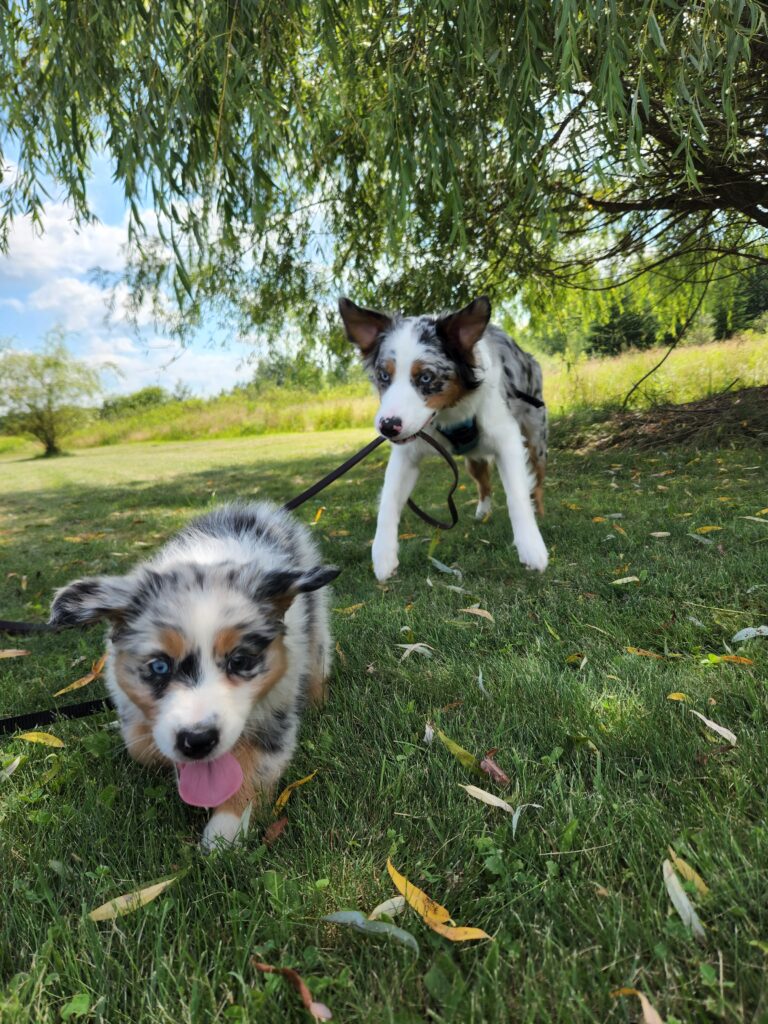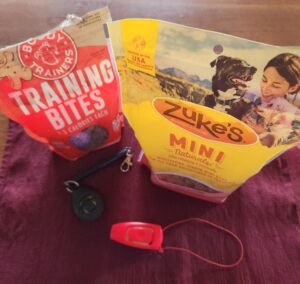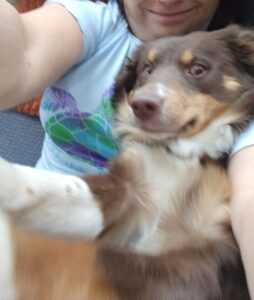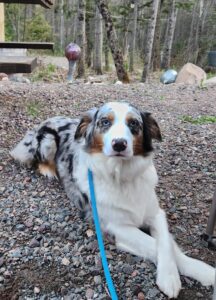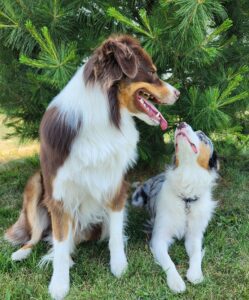Introducing a new puppy to your pack can be an exciting but delicate process. Not all dogs may immediately welcome the newcomer, especially if they’ve been accustomed to being the only pet in the household. In this comprehensive guide, we’ll explore the steps and considerations involved in introducing a new puppy to your household and provide tips for fostering positive relationships between your companions.
Steps for Introduction
The introduction process should be gradual and conducted in a controlled environment. Begin by introducing the new puppy to your other dogs while keeping the puppy secured in a kennel. This allows the other dogs to investigate the newcomer without any direct physical contact. Allow them to sniff and observe the puppy, which may take anywhere from fifteen minutes to an hour, depending on their comfort levels.
Once the other dogs seem at ease with the presence of the puppy, supervised interactions can commence. It’s common for older dogs to establish their dominance over the puppy, which may involve corrective behaviors such as growling or snapping. However, this is a natural part of the learning process for the puppy, teaching them boundaries and manners within the pack hierarchy.
Ensuring Safety and Comfort
Supervision is crucial during interactions to prevent any harm to the puppy and maintain a positive environment for all dogs. If the older dogs show signs of agitation or discomfort, it’s essential to separate or redirect the puppy’s attention. This can be done by engaging the puppy in a different activity or giving them a toy to play with.
Regular breaks for both the puppy and the older dogs can help alleviate stress and prevent overstimulation. It’s essential to monitor the body language of all dogs during interactions and intervene if any signs of tension or aggression arise. Signs that the meeting is going well include relaxed facial expressions, play bows, tails wagging fast, and wiggling their hind ends. Signs that the meeting is too much for either dog may include yawning, turning their heads away from the other dog, tense jaws, tails held low, shaking, and the hair standing up along their their backs. Providing a calm and controlled environment will help ensure a harmonious introduction process for everyone involved.
Rewarding Positive Behavior
Rewarding both the puppy and the older dogs for appropriate behavior reinforces positive interactions and encourages a sense of camaraderie within the pack. Treats, praise, and affection can be used to reward calm and friendly behavior between the dogs. Consistency is key in reinforcing desired behaviors and creating a positive association with each other’s presence.
Proper Dog-to-Dog Interactions
Encounters with other dogs during walks are common but require caution and respect for both animals’ comfort levels. Always seek permission from the other dog owner before allowing an interaction, and pay attention to signs of nervousness or discomfort in either dog. Be prepared to intervene if necessary to prevent any conflicts or misunderstandings.
Significance of Proper Socialization
Well-managed introductions between dogs contribute to positive socialization experiences, which are essential for their overall well-being and behavior. By prioritizing safety, patience, and understanding, dog owners can ensure enjoyable interactions for all furry companions and foster strong bonds within the pack.
Conclusion
Introducing a new puppy to your pack is a significant milestone that requires careful consideration and patience. By following the steps outlined in this guide and prioritizing safety, supervision, and positive reinforcement, you can help your furry family members adjust to the newcomer and build strong bonds that last a lifetime. With proper guidance and understanding, you can create a harmonious environment where all dogs can coexist happily and enjoy each other’s company for years to come.

